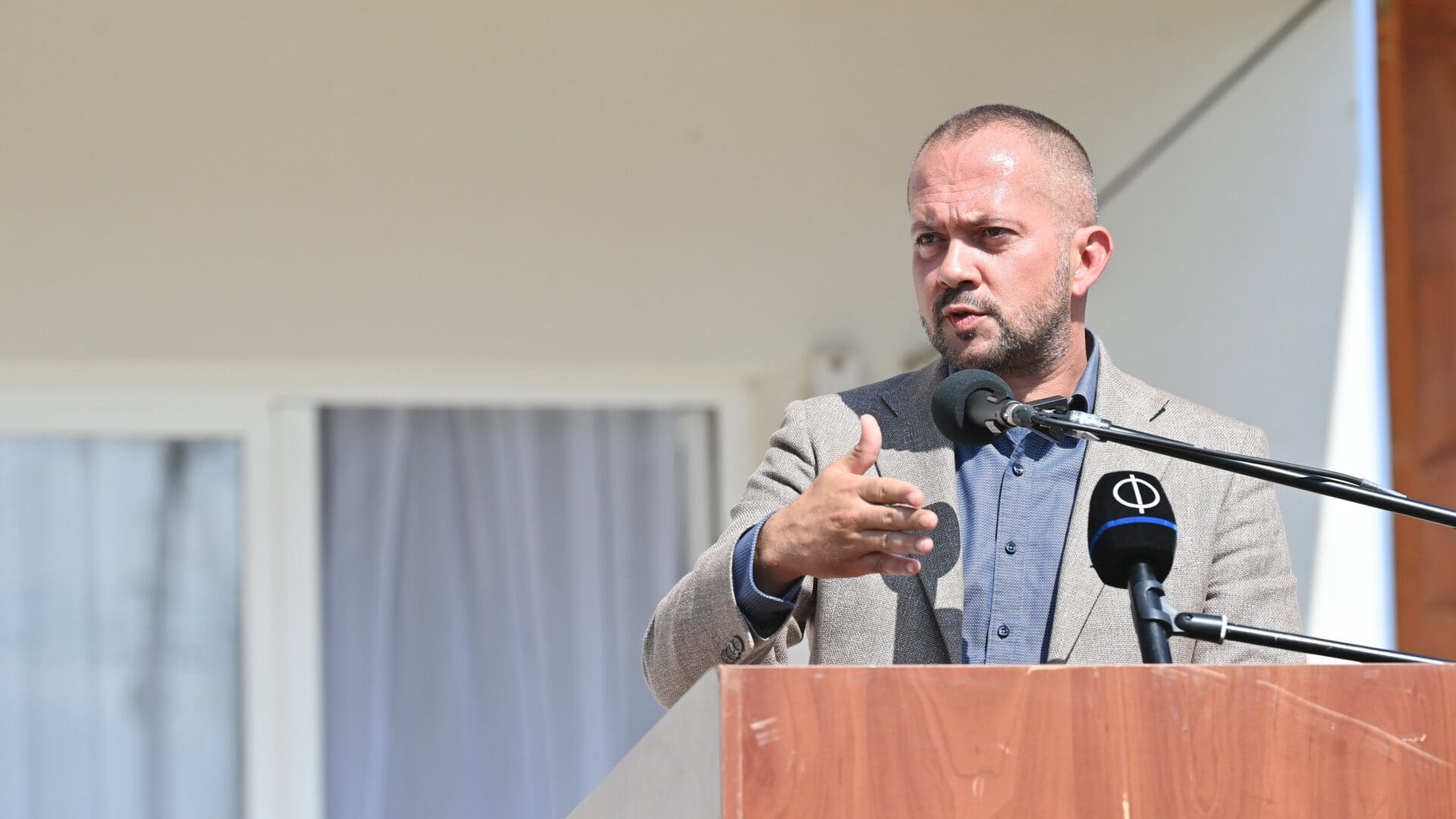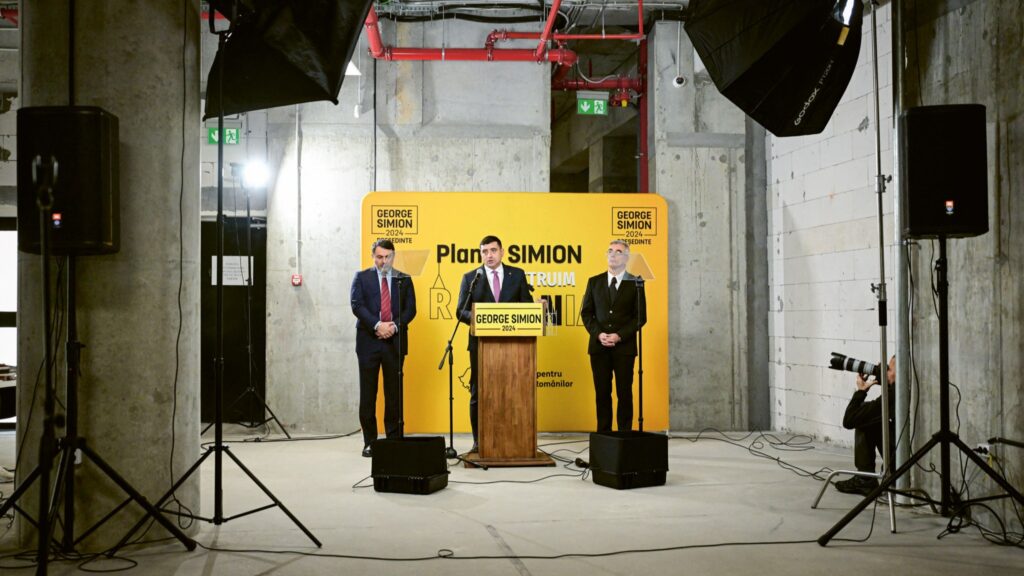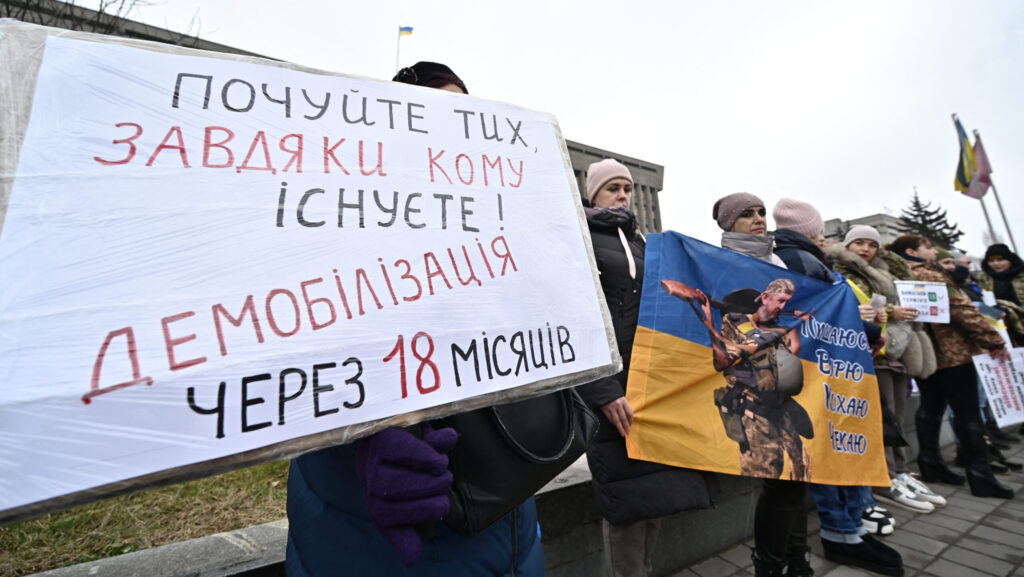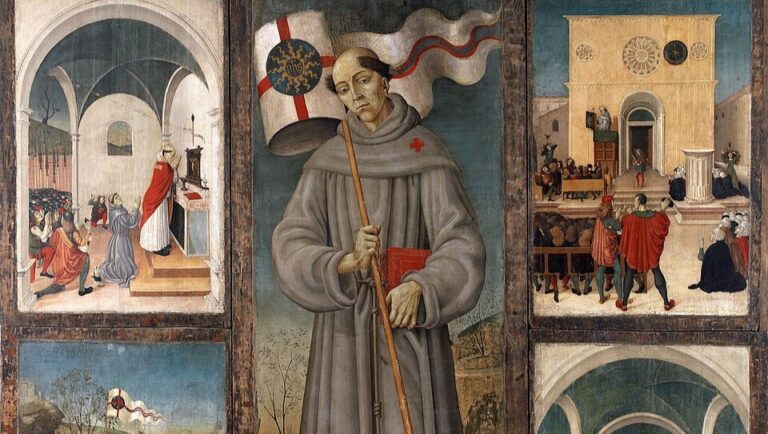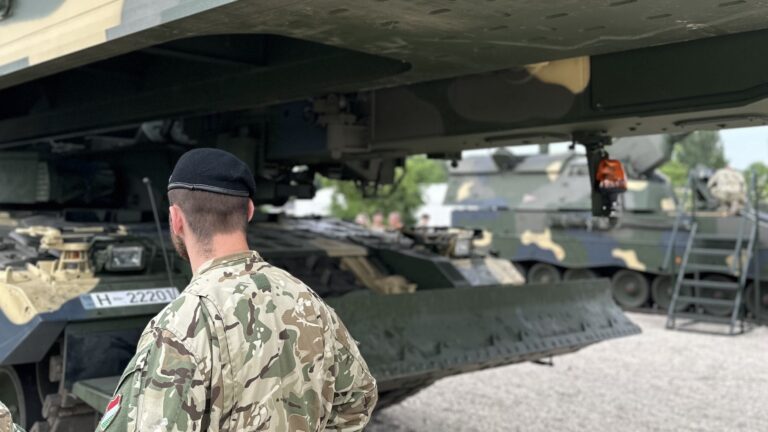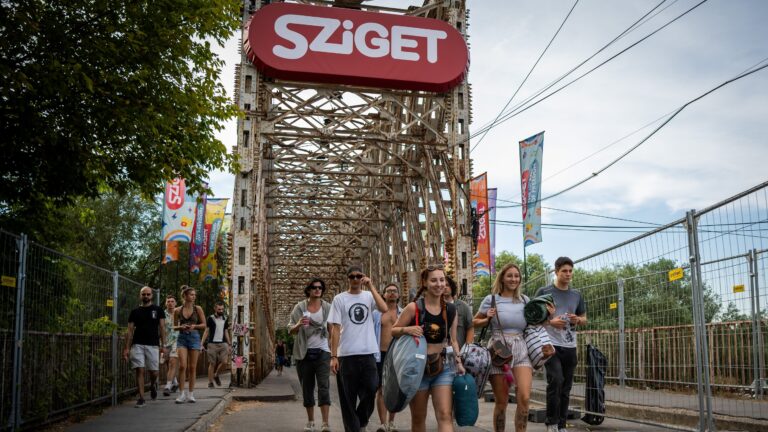So far, 600 GP surgeries have been renovated with funding from the the Hungarian Village Programme, Government Commissioner for the Development of Modern Settlements Alpár Gyopáros said in Seregélyes on Thursday.
Gyopáros added that when the programme started, the village medical practices premises and their medical equipment were outdated, and there was a shortage of general practitioners in the rural areas. Along with the renovation of surgeries, their entire equipment was modernised at 1700 locations, and to reduce the shortage of general practitioners, the government launched a programme for medical housing.
‘Since the second half of 2019, we have saved 178 general practitioner practices in the villages,’ he said. The government commissioner explained that the funds of the Hungarian Village Programme are still available for communities such as Seregélyes, where the local business tax revenue is relatively high. He mentioned that, like in many Hungarian villages, the population has also decreased in communities located in the Székesfehérvár and Budapest agglomeration area.
‘Our commitment is to continue the Hungarian Village Programme until we stop the population decline in every Hungarian settlement,’ he declared. He added that the government will continue to develop villages until it becomes sufficiently attractive for young people born there to stay, create a home for themselves, and start a family.
Local MEP Gábor Varga underscored that the Hungarian government has invested three and a half billion forints in Seregélyes in the past decade from Hungarian and European Union funds.
Mayor Sándor Horváth reported that in the approximately 200 square metre building, a paediatric and general medical practice has been set up, as well as facilities for midwife care. With nearly 55 million forints of support from the programme, the village completely renovated the property and made it accessible for those with disabilities, which serves the healthcare needs of a thousand people in the settlement area belonging to Seregélyes, with a population of 4500.
Last week it was also announced that over 25 billion forints worth of healthcare improvements have already been implemented as part of the Hungarian Village Programme, including Tállya, a town in Borsod-Abaúj-Zemplén County where a renovated doctor’s housing unit was inaugurated. At the Tállya event, Gyopáros mentioned that ten per cent of the entire funding has been allocated to Borsod-Abaúj-Zemplén County. Overall, the county has received more than 70 billion forints in support from the Hungarian Village Programme. The main goal of the programme is to assist young, aspiring doctors who are willing to work in rural areas and small communities by providing them with housing, thereby helping to address the shortage of medical professionals. Gyopáros highlighted that over the past three years, the construction or renovation of flats and houses for doctors in small settlements has contributed to resolving doctor shortages in 178 general practitioner practices.
Read more:
Source: Hungarian Conservative/MTI

